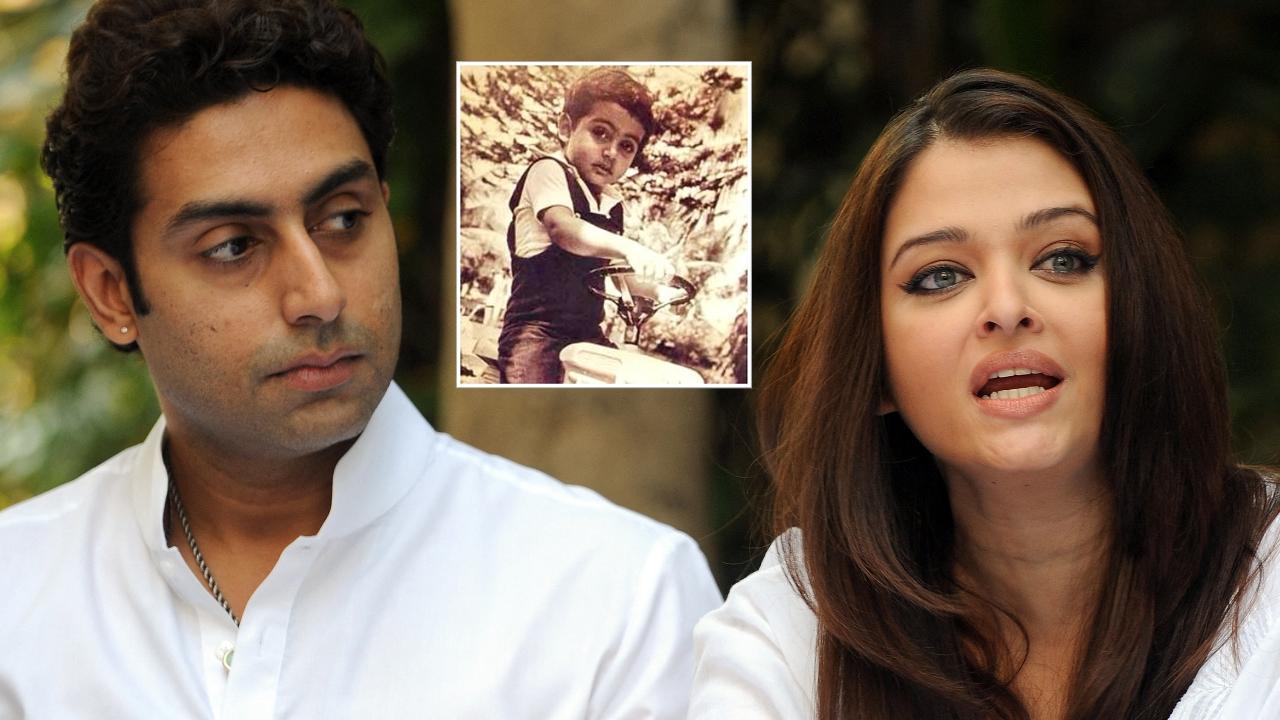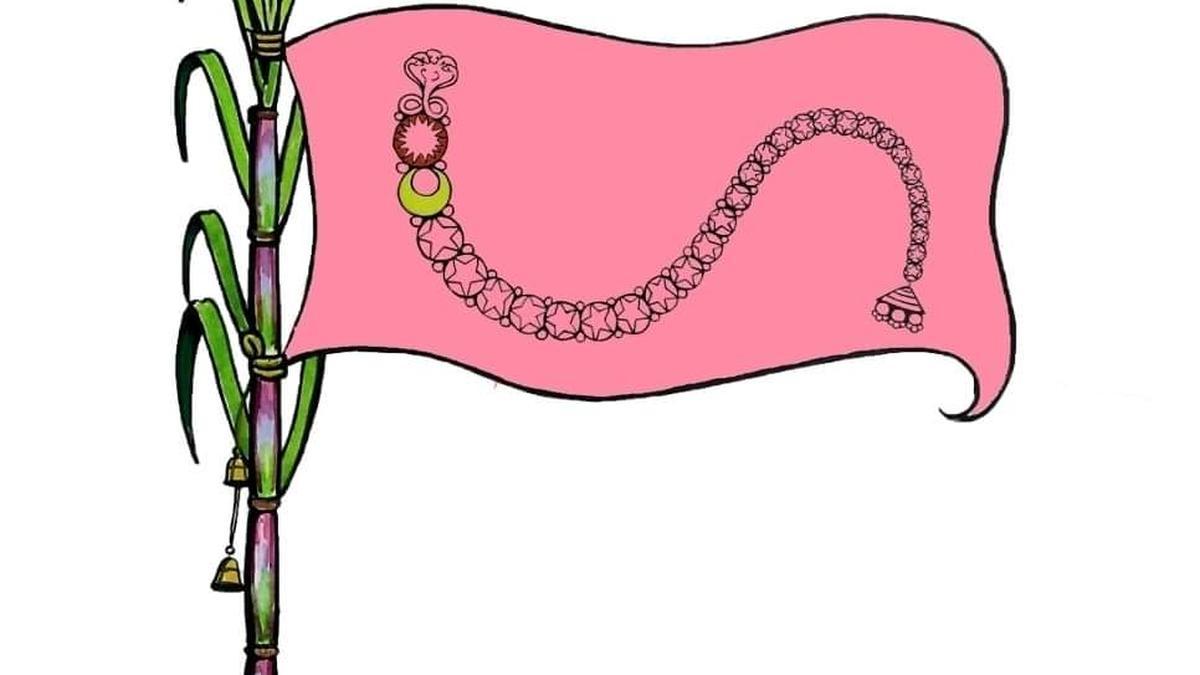
A fictionalized account of India’s burgeoning dairy movement, “Manthan” artfully intertwines social drama and poignant commentary on the intricate process of nurturing democracy. Almost fifty years since its theatrical release, the film’s title, which means “churning,” aptly symbolizes the ongoing struggles with caste and class that challenge our participatory democratic process even in the so-called ‘Amrit Kaal’—a proclaimed golden era following our liberation from colonial rule.
Emerging during an era when parallel cinema was bridging the gap between art and commercial movies, Shyam Benegal’s directorial prowess drew attention without embellishing his narrative with artificial hope or prescriptive sermons. By introducing an outsider to the harsh realities of rural life, Benegal shed light on the spirit, ignorance, and initiative of village folks.
Benegal proposed that social advancement and profitability are not mutually exclusive concepts. Though seemingly inspired by the remarkable achievements of Dr. Verghese Kurien, an eminent dairy engineer and social entrepreneur, the film’s deeper layers unwrap the enduring fissures of caste, class, and corruption that continue to obstruct India’s progress toward becoming a unified cooperative society.
“Manthan” offers an arena for youthful idealism to take root and flourish. Early on, protagonist Dr. Manohar Rao (played by Girish Karnad) arrives in Sanganva village to establish a dairy cooperative. Here, he encounters Ganga Prasad Mishra (Amrish Puri), a local businessman running a private dairy who prides himself on boosting the village economy. Not challenging Mishra’s claims head-on, Rao suggests it’s high time for a more equitable system that eliminates the arbitrary pricing and exploitation founded on caste and class hierarchies to serve individual greed. This involves diminishing the influence of middlemen who, by disbursing loans during villagers’ times of need, keep them helplessly dependent and later skew prices to their advantage. This vicious cycle of exploitation remains prevalent, as highlighted during recent farmers’ agitations, where trains through Punjab faced delays due to ongoing protests by sections of the farming community.
“Manthan” resonates profoundly in today’s socio-political climate because economic exploitation exacerbated by systemic challenges continues to plague India’s agrarian sector. Efforts for collective action and advocacy to uplift the underprivileged are often met with skepticism, both from the system and within the community itself.
In an intriguing scene, when villagers gather to welcome the well-dressed vet arriving by train, the first line they utter is, “Maaf kijiye, gaadi time par aa gayi” (excuse us, the train has arrived on time). Filmed during India’s Emergency period, the movie maintains its independent voice, making a sharp remark on a dark era for democracy, where punctual trains became emblematic. This train sequence transitions into a stark reality as the vet, upon deboarding, refuses to join an overcrowded horse-drawn carriage.
.
The screenplay by Vijay Tendulkar and dialogues by Kaifi Azmi lay bare the caste and class structures complicating grassroots democracy. Rao’s quest for equality threatens the entrenched power dynamics within the village. Even as the cooperative takes shape, the overbearing Sarpanch (Kulbhushan Kharbanda) insists on segregating Dalits while selling milk. Rao’s wife Shanta, despite her education, also harbors casteist views and shows minimal interest in her husband’s fight against injustice.
Govind Nihalani’s cinematography, juxtaposing unpaved roads and the lack of basic health facilities against the backdrop of lopsided development, further breaches the romanticized stereotypes of village life. Preeti Sagar’s song ‘Mero Gaam Kaatha Parey’ helps keep “Manthan” alive in collective memory, even as Hindi cinema pursued Western inspirations.
The film leans left ideologically but doesn’t uncritically endorse idealism, posing tough questions about the urbane outsider’s motives within a rural context. Rao’s intentions are scrutinized not only by Mishra, whose dairy business faces potential downfall, but also by Rao’s well-meaning friend Deshmukh (Mohan Agashe), whose emotional investment in the cause is lukewarm at best.
Tendulkar’s screenplay contrasts the playful urbanity of Anant Nag’s character against Karnad’s deeply committed, stoic portrayal of Rao—a role marked by his characteristic grace and poise. The contrasts extend to their interactions with village girls, adding layers to their respective characters’ missions.
Smita Patil’s portrayal of Bindu adds complexity to the narrative. Yearning for liberation from patriarchy, Bindu’s character, and Rao’s unspoken connection, beautifully captured by Benegal, linger in the audience’s minds, probing the core principles of feminism and fidelity.
Naseeruddin Shah’s Bhola embodies the voiceless Dalit, stifled by feudal structures until Rao presents the potential of an equitable playing field through democratic empowerment. Shah’s immersive method acting adds authenticity, having lived in a hut and performing daily chores to perfect his role.
In a 2016 interview with this journalist, Benegal emphasized that public funding for “Manthan” was well-organized and publicized but not unique in his career. Similar community-funded projects include “Antarnaad” (1991) based on the Swadhayay movement, and “Susman” (1987) funded by handloom cooperatives.
Digitally restored in 2011, “Manthan” is accessible on YouTube, but other gems like “Susman” and “Antarnaad” await revitalization. The enduring relevance of “Manthan” and its portrayal of India’s social hierarchies make it a timeless piece of Indian cinema, reflecting the unending journey toward an equitable society.










